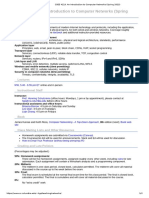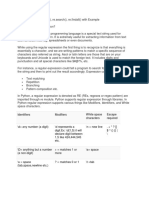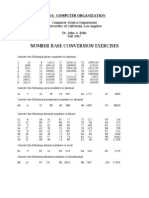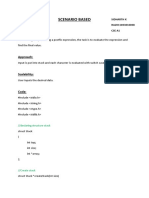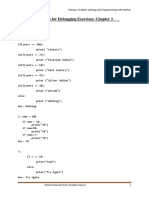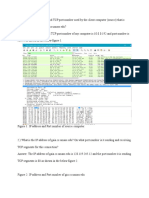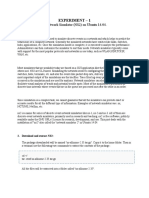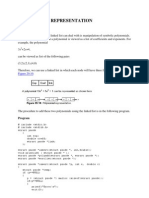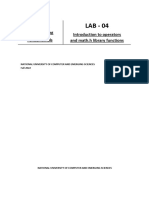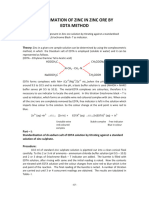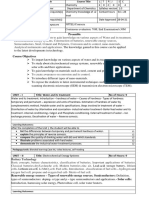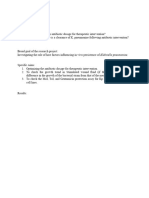0% found this document useful (0 votes)
317 views7 pagesC Math
The <math.h> header file in C contains functions for performing common mathematical operations like square root, logarithms, exponents, trigonometric functions, and more. It defines functions such as sqrt(), pow(), ceil(), floor(), sin(), cos(), and tan(). These functions take numeric values as arguments and return the result of applying the mathematical operation. Expressions in C are evaluated based on operator precedence and associativity rules according to the priority of the operators.
Uploaded by
Sanyamkumar HansdahCopyright
© © All Rights Reserved
We take content rights seriously. If you suspect this is your content, claim it here.
Available Formats
Download as DOCX, PDF, TXT or read online on Scribd
0% found this document useful (0 votes)
317 views7 pagesC Math
The <math.h> header file in C contains functions for performing common mathematical operations like square root, logarithms, exponents, trigonometric functions, and more. It defines functions such as sqrt(), pow(), ceil(), floor(), sin(), cos(), and tan(). These functions take numeric values as arguments and return the result of applying the mathematical operation. Expressions in C are evaluated based on operator precedence and associativity rules according to the priority of the operators.
Uploaded by
Sanyamkumar HansdahCopyright
© © All Rights Reserved
We take content rights seriously. If you suspect this is your content, claim it here.
Available Formats
Download as DOCX, PDF, TXT or read online on Scribd
/ 7
